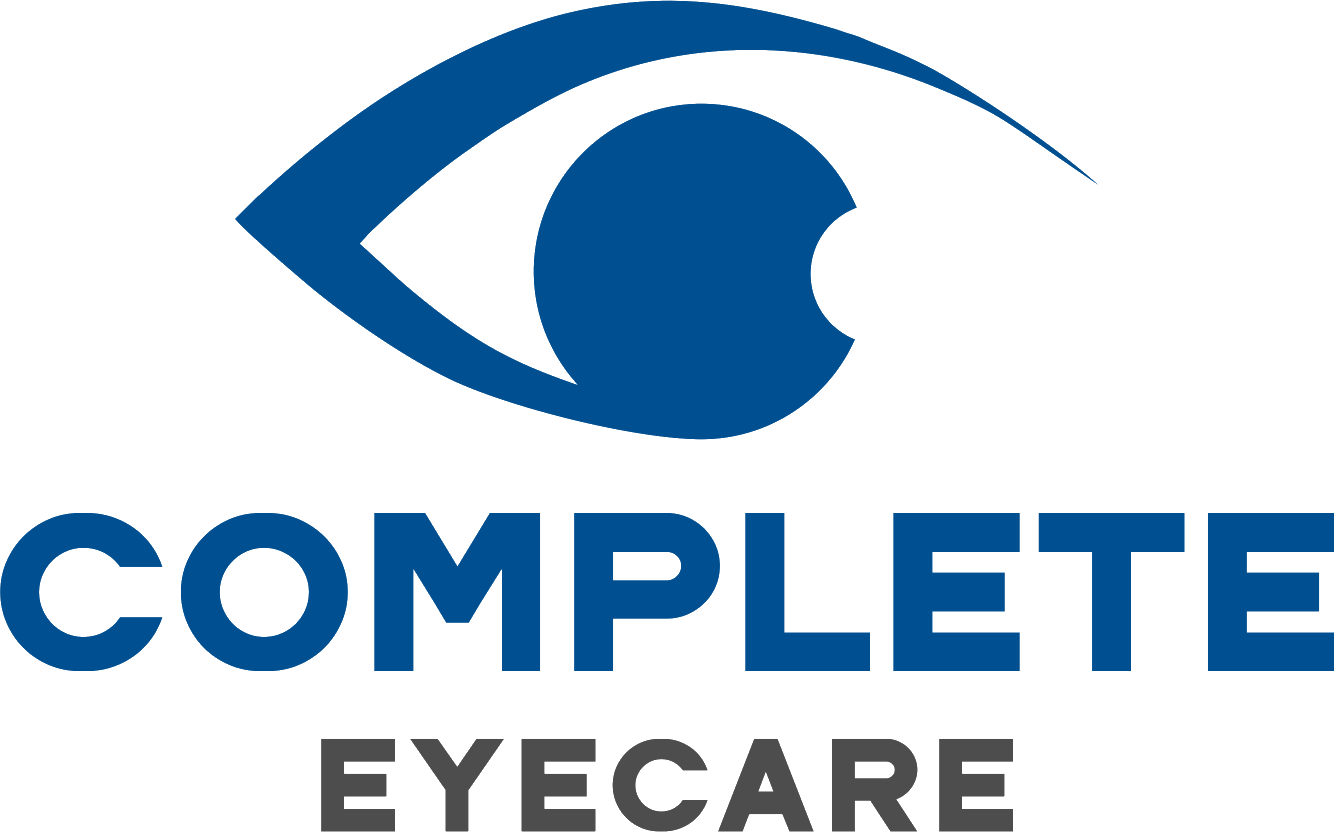
Glaucoma is an eye condition that can cause irreversible damage to the optic nerve without any noticeable symptoms in its early stages. Glaucoma occurs when there is increased pressure within the optic nerve, leading to damage and loss of vision over time. While there are different types of glaucoma, two of the most common forms are open-angle glaucoma and closed-angle glaucoma.
Understanding the Different Types of Glaucoma
There are several different types of glaucoma, each with its own characteristics and treatment options. Open-angle glaucoma is the most common form, accounting for approximately 90% of all cases. It occurs when the drainage canals in the eye become clogged over time, leading to increased intraocular pressure.
Closed-angle glaucoma, on the other hand, is less common but more severe. It occurs when the iris blocks the drainage angle in the eye, resulting in a sudden increase in intraocular pressure.
Open-Angle Glaucoma
Open-angle glaucoma develops gradually and is often asymptomatic in its early stages. As the disease progresses, patients may experience symptoms such as blurred vision, blind spots, and difficulty adjusting to low-light conditions.
The exact cause of open-angle glaucoma is unknown, but several risk factors have been identified, including age, family history, and certain medical conditions such as diabetes.
Treatment for open-angle glaucoma typically involves the use of medicated eye drops to reduce intraocular pressure and regular monitoring by an eye care professional.
Closed-Angle glaucoma
Closed-angle glaucoma, also known as acute glaucoma, is a medical emergency that requires immediate attention. Unlike open-angle glaucoma, closed-angle glaucoma causes sudden and severe symptoms, including severe eye pain, headache, nausea, and vomiting.
The condition occurs when the iris blocks the drainage angle in the eye, leading to a sudden increase in intraocular pressure.
Treatment for closed-angle glaucoma may involve the use of medications to reduce intraocular pressure, laser therapy to create a hole in the iris, or surgery to relieve the blockage.
Diagnosing Glaucoma
Early detection and diagnosis of glaucoma are crucial for preventing vision loss. Eye doctors use a variety of tests and examinations to diagnose glaucoma, including tonometry to measure intraocular pressure, visual field testing to assess peripheral vision, and optic nerve imaging to evaluate the health of the optic nerve. These tests are painless and non-invasive, and they can help identify glaucoma at its earliest stages, when treatment is most effective.
How Dr. Krietlow & Associates Can Help with Glaucoma
Dr. Krietlow & Associates provides comprehensive eye care services, including the diagnosis and treatment of glaucoma. Our skilled optometrist and team utilize advanced diagnostic tools and treatment options to manage glaucoma effectively. Whether you require medicated eye drops, laser therapy, or surgical intervention, Dr. Krietlow & Associates can provide the personalized care you need to preserve your vision.
Prioritize Your Eye Health Today
Glaucoma is a serious eye condition that requires prompt diagnosis and treatment to prevent vision loss. By working with a knowledgeable eye care professional like Dr. Krietlow & Associates, you can receive the necessary screenings, treatments, and ongoing management to protect your vision and maintain optimal eye health.
If you or a loved one is experiencing symptoms of glaucoma, take action today by visiting Dr. Krietlow & Associates in our Blaine, Minnesota, office. We will provide expert care and guidance for managing your condition effectively. Call (763) 296-8400 to schedule your appointment today.








